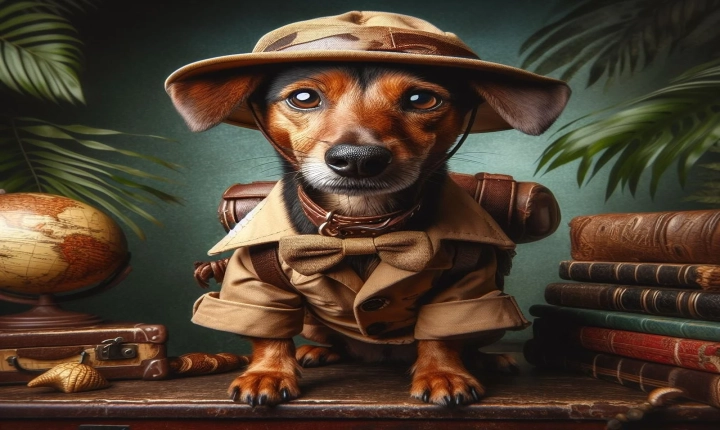Artificial intelligence has revolutionized the way we interact with technology, and its impact on the creative world is no exception. One particularly intriguing and rapidly developing area is AI-generated art, where sophisticated algorithms and machine learning techniques are used to create stunning visual pieces. The field of AI-generated art has gained significant attention in recent years, with many artists, researchers, and tech companies exploring the potential of this emerging medium.
One of the most fascinating aspects of AI-generated art is its ability to draw and create visual compositions. Traditional art and drawing have always been regarded as highly human skills, requiring creativity, intuition, and thought. However, AI has now made it possible for machines to produce beautiful and thought-provoking images, blurring the line between human and machine creativity.
The process of how AI draws involves complex algorithms and machine learning models that are trained on vast amounts of image data. These models learn the characteristics of different visual elements and are then able to generate new images based on this learned knowledge. Through a technique called generative adversarial networks (GANs), AI can create original, realistic-looking images that mimic the style and composition of human-drawn artwork.
One of the key advantages of AI-generated art is its ability to explore and experiment with different styles and techniques. By analyzing large datasets of art, AI can learn and replicate various artistic styles, from traditional paintings to modern abstract compositions. This flexibility allows for the creation of art that is both innovative and diverse, pushing the boundaries of traditional artistic expression.
Furthermore, AI-generated art has the potential to offer new perspectives and insights into the creative process. By analyzing the patterns and styles present in a wide range of artwork, AI can detect unique combinations and compositions that may not have been explored by human artists. This opens up the possibility for new artistic expressions and aesthetic experiences that go beyond the constraints of human imagination.
However, it is important to note that AI-generated art also raises ethical and philosophical questions about the nature of creativity and authorship. Can artwork created by a machine be considered original? Who should be credited as the creator of AI-generated art? These questions challenge our traditional notions of artistic creation and ownership and highlight the need for ongoing dialogue and reflection on the implications of AI in the art world.
In conclusion, the way AI draws is a fascinating and rapidly evolving field that holds great potential for shaping the future of visual art. By leveraging advanced algorithms and machine learning techniques, AI can generate stunning and innovative artwork that challenges our perceptions of creativity and artistic expression. As AI-generated art continues to mature, it is likely to have a profound impact on the art world, opening up new opportunities for collaboration, exploration, and creativity.
